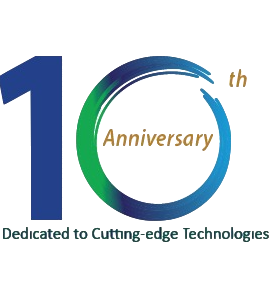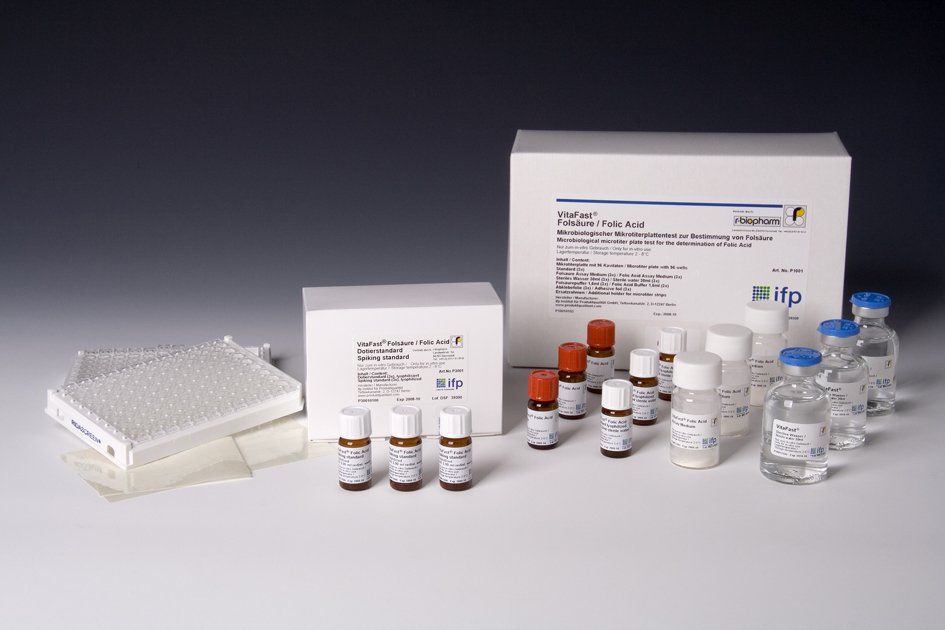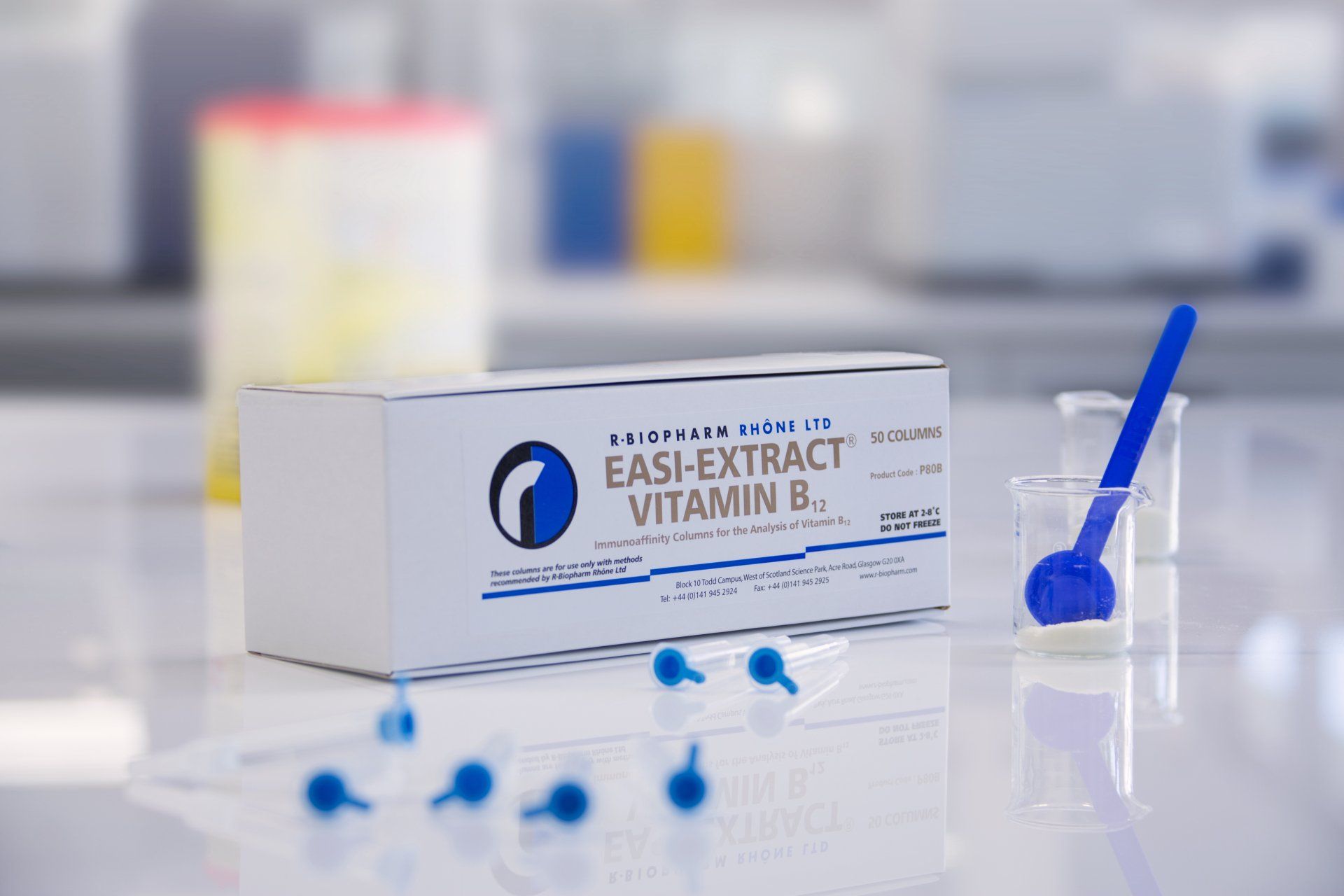VITAMIN DETECTION
Vitamin
Food product are now being enriched and fortified with vitamins in many forms. But does the amount present in the food at the food at the end of the shelf life match the label package?
Food manufacturers, regulatory agencies and commercial laboratories should therefore have analytical methods on hands that allow them to quickly and reliable determine the natural and added vitamin content of food products.
A lot of foods are fortified with vitamins, for example juices, dairy products, baby food, cereals, sweets, tablets and vitamin mixtures. To measure the exact concentration of vitamins in food, R-Biopharm Indonesia offers a wide portfolio of test systems.
Test methods to analyse the vitamin content
According to the laboratory equipment (whether an HPLC device or a microwell photometer is available), detection can be carried out with the instrumental method (HPLC, LC-MS/MS) in combination with immune affinity columns (EASI-EXTRACT®) for pre-purification and concentration of the samples. Depending on the sample preparation, the added vitamin content or the total vitamin content can be determined. If a microwell photometer is available, there is the option of either an ELISA (RIDASCREEN®) or a microbiological test system (VitaFast®).
Microbiological Assay - VitaFast®
The flexible and certified VitaFast® tests are microbiological tests in an easy-to-use microtiter plate format. The microorganisms lyophilized on a microtiter plate grow in dependence of the added vitamin concentration, so that the turbidity can be easily measured with a microtiter plate reader. The determination is possible for all water-soluble vitamins:
Parameters:
Folic acid,
Pantothenic acid,
Vitamin C (L-Ascorbic acid),
Vitamin B1 (Thiamin),
Vitamin B2 (Riboflavin),
Vitamin B3 (Niacin),
Vitamin B6 (Pyridoxin),
Vitamin B7 (Biotin),
Vitamin B12 (Cyanocobalamin),
Inositol
Immunoaffinity Column – EASI-EXTRACT®
Sample clean-up for complex matrices.
EASI-EXTRACT® immune-affinity columns permit a sample preparation and concentration of vitamins from complex matrices before the analysis by HPLC or LC-MS/MS. This makes the analysis highly specific and sensitive. These columns can be used for a wide range of commodities and are available for the following vitamins:
Parameters:
Folic acid, Vitamin B7 (Biotin), Vitamin B12 (Cyanocobalamin)
ELISA - RIDASCREEN®
Fast and precise vitamin testing
The easy-to-use RIDASCREEN® ELISA tests allow a fast and precise quantitative analysis of single added vitamins by means of an antigen-antibody reaction. Evaluation is carried out by means of a microtiter plate photometer and the RIDASOFT® Win.NET software.
Parameters:
Use of vitamins in food and legal regulations
In order to establish an adequate vitamin supply for the public, food, feed and pharmaceutical products are being fortified with vitamins on a more frequent level. This is usually done by mixing or spraying so called pre-mixes into the product. The foundation of analysis is to check if legal regulations are being followed and if the declared vitamin content is indeed in the product and if marketing claims of the producers are justified. The availability of analytical methods that delivery fast and accurate results when testing the vitamin content of products is therefore absolutely necessary.
On 22nd of November 2011, the food information order (LMIV) has been published in the official gazette of the EU. The new duties to inform about certain ingredients is included in the new publication. The vitamin contents marked on the label must correspond to the end of the minimum durability date in the food, feed and pharmaceutical products.
According to recommendations of the society of German chemist (GDCh), the tolerance for vitamins of group 3 (vitamin A, D, E, folic acid, vitamin B12 and Biotin) may be up to 30 % of the declared content, the tolerance for vitamins of the group 2 (vitamin B1, B2, B6, pantothenic acid, Niacin and vitamin C) is 20 % of the declared content.
Hence, it is necessary that manufacturers as well as supervision authorities control vitamin contents.
To Get More Information
Don't Hesitate to Contact Us
Company Address
Rukan Kirana Boutique Office
Blok F3 no 12, Boulevard Raya No.1 Kelapa Gading. Jakarta Utara
Indonesia, 14240
Contact
+6221 4585 8833
info@arasains.co.id
Quick Link
Product Link
Copyright (c) 2021 PT Arasains. All Right Reserved











